|
|
||
|
||
|
Privacy Policy | Editorial Policy | Profit Policy | Join the Association | List of Members | Contact us | Index | Links |
||
|
Back Go to page: 1 2 3 4 5 6 7 8 9 10 11 12 13 14 15 16 17 18 19 20 Forward |
||
|
|
||
|
Contents.
2 Sqn Canberra - Last bombing mission.
|
||
|
The People I meet.
In April, on the second Thursday of the month, I was invited to attend the RAAF Vietnam luncheon which is held at the lovely Friday’s Bar and Restaurant on the river in Brisbane. Being a war hero myself, this was a usual occurrence however, I know I only get the personal invitation from the group as my presence raises the tone of the afternoon and I’m almost sure the group gets free drinks when they entice me to attend. My presence enables the Restaurant to publicly show that people of my calibre will and do grace its door.
Normally I don’t like to accept those invitations as I know the organisers of such events find it difficult to keep control of the situation as those present are usually overawed by my presence and are more interested in my person than in the group’s normal business. But, although there is the possibility of losing control of the meeting, the group’s managers are aware that with me in attendance, their normal attendance numbers will dramatically rise from the usual 2 or 3 to some hundreds. They also know when I attend and raise the customer numbers at the restaurant, they are offered free drinks and sometimes a healthy cash bonus, they therefore persevere and I get the invite.
Seeing as April is also ANZAC month, the holy month of “what was all that about”, I decided to attend. As usual, I arose about 3.00am, donned the pink lycra suit, Dunlop Volleys and small LED miner’s lamp on the head to light the way, I did my usual 25km run around the block before returning home for the refreshing hot and cold shower and as you would be aware by now, seeing as I was the RAAF’s top Radtech, (I think it’s fair to say I knew more about that triode/pentode 6BM8 than anyone else in the world), before leaving the safety of my home, I had to smother that Radtechitis that normally emanates from my soul.
My RAAF working day was usually spent in a class-room instructing the RAAF’s
electronics people how to service the 618T HF sets and although fascinated by my
stories of the number of ways an expert such as myself can use the 6BM8 or of
how I invented ways of using the s
Over the years I’ve found that Johnson’s Baby Oil does an excellent job and once it is covering my person, the Radtechitis is contained and I can venture forth with the knowledge I won’t be smothered by panting females. Suitably protected and attired, I fired up the trusty 1960’s beetle and headed into the city with my disabled card prominently displayed on the windscreen.
I was awarded the disabled card by an appreciative Government as a result of my heroic activities in Vietnam all those years ago, but being the modest and introverted person that I am, I don’t like to talk about it, suffice to say I really earned it.
With the V-Dub parked in the street not far from Fridays, I entered the restaurant and after receiving and acknowledging a five minute standing ovation from those already present, I found a quiet secluded corner overlooking the river, bought a Coke no sugar and sat quietly hoping not to further disrupt the group’s luncheon.
Unbeknown to me, as I sat, I rubbed my arm against a wall and dislodged a whisker of an amount of baby oil which allowed a minute amount of Radtechitis to escape before the low viscosity of the oil allowed it to flow and cover the spot again. Luckily I was near the river and the southerly wind pickup up that tiny amount of Radtechitis and whisked it away before it could penetrate into the restaurant.
Some miles away in Salisbury, the lovely Juanita Aoukar was hard at work in the offices of All Cut Foods, but with the air conditioning down for maintenance, she was sitting near an open window. At about 1.30pm the wind died and that minute amount of Radtechitis fell from the heavens and passed through her open window and settled on her person.
She was immediately captivated. She leapt from her seat and with astonished looks from her fellow workers, she was up on her desk, spinning around 3 times on her right foot with her head held high, trying to determine the source of that amazing Radtechitis.
Not able to determine accurately the source, but thinking it came from the city somewhere, it was off the desk and onto the floor and with shoes back on, she raced through the factory scattering onions, olives, tomatoes and feta cheese hither and thither. She had parked her 50cc Vespa near the front door, so it was onto the trusty little Vespa, out on the road and into the City she roared, scattering nuns and their young school kids at a life threatening 25 kph.
Playing on a hunch that being Thursday, the Radtechitis probably didn’t come from an office but more likely from an outdoor café, she took a punt and headed for Fridays on the river. Screeching to a halt out the front, she took the steps three at a time and raced inside and saw me sitting quietly alone by the river. Instinctively she knew I was the target, she raced over and draped herself upon my personage in an attempt to soak up more of that alluring Radtechitis.
Being the kind and gentle person that I am, I gave her 57 minutes to stop.
Such is the burden a Radtech must endure.
Juanita is a Melbourne girl, and smart. Long ago she left the drab old southern town and moved north to live in God’s own – Brisbane. She is the marketing guru for All Cut Foods and says she loves it.
Melbourne’s loss, our gain.
|
||
|
2 Sqn Canberra – Last bombing Mission.
During the Vietnam War, 2 Squadron, with its Canberra aircraft, was stationed at the huge USAF Air base at Phan Rang. Phan Rang air base was initially built by the Japanese during WW2, then used by the French Air Force during the Indochina War, then in 1965 the USAF moved in and finally in 1975 the People’s Army of Vietnam took over and are still there today.
2 Sqn was posted to Phan Rang in 1967 and left in 1971. During that period they had a very close self sufficient family of 270 personnel, men of every trade, including their own ADGs, Messing, Logistics, Comms, Medical, Maintenance, Admin and Aircrew; absolutely every trade, who supported and looked after each other to achieve flying up to 10 bombing mission a day with only 8 aircraft.
2 Squadron amazingly achieved about 40% of the assessed bomb damage results even though the Squadron was one fifth of the size of the fighter/bomber units on that American Base of 17,000 people. |
||
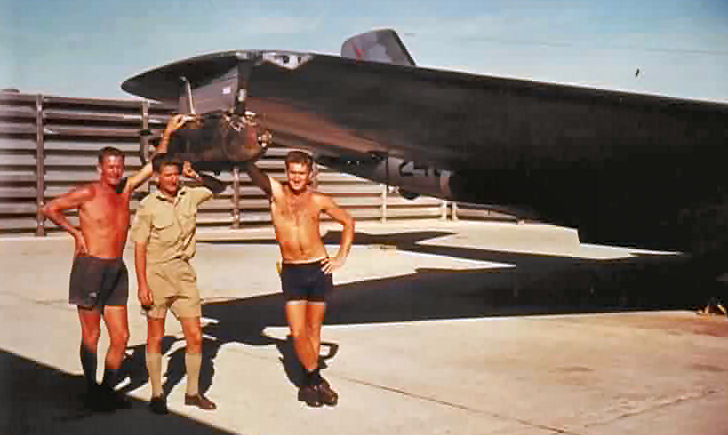 |
||
|
L-R: Charlie Howard, Arthur Bruce, Brian Duddington.
The Squadron maintained 8 aircraft on-line which were maintained at exceedingly high serviceability levels. This high proficiency was achieved as the maintenance staff worked 24 hours a day on a two-shift roster, achieving the noteworthy rate of 97 per cent serviceability. They carried out the normal daily flight servicing and rectification, in addition to weekly "A" and monthly "C" services. A further three Canberras would be undergoing second-level "D" servicing (250- hourly) by Transport Support Flight at Butterworth but this was ultimately transferred to 478 Maintenance Squadron (at Butterworth). In addition, a twelfth aircraft was always undergoing depot-level "E" (1250-hourly) maintenance at No 3 Aircraft Depot at Amberley.
Initially, the standard bomb load for the Canberras had been six 500 lb bombs, but eventually six 1,000 lb bombs became the norm however, the bomb-bay load occasionally caused problems. There were several cases of negative releases, or "hang-ups". One night two Canberras each had double hang-ups and this occurrence had been traced to an electrical problem with the Avro Triple Carrier. Flying Officers Wally Walters and Lance Halvorson (right) had quite a harrowing experience with the bomb carrier on A84-234. Lance says:
“One of the USAF Navs on the B57 (USAF Canberra) expressed an interest in 2Sqn Canberra operations and I invited him along on one of our sorties – a night mission on the 3rd Jun 1967. We had a 9x500lb bomb load. All was routine and uneventful until bomb release. One bomb was obstinate and refused to budge! We had a hang up! No problem. We closed the bay doors and secured the weapons system as we set about to return via the jettison area, off Cam Ranh Bay. |
||
|
|
||
|
Lance Halvorson doing a pre-flight.
At about 17,000ft during descent into Cam Ran Bay, we experienced some medium turbulence which jolted the bomb loose! There was a loud “thump, rattle, rattle, clunk, bang”, as the bomb fell off the rack and rolled forward and hit the bomb door jack on the forward bulkhead with a very loud ‘ringing’ noise. There was deadly silence in the cabin. We didn’t want to believe the noises nor any possible consequences. This was followed by some strong words before we settled down to advise Phan Rang Control of our predicament. The whites of the eyes of our alarmed passenger lit up the night sky, as we set about trying to reassure our passenger that the bomb was still safe. The bomb had to fall about 6 feet before the arming wires pulled out which then allowed the arming vane/propeller on the nose of the bomb to rotate by airflow arming the bomb, so all was safe while the bomb was still in the closed bomb bay.
We continued silently, but impatiently, until over the jettison area (over the sea) where we opened the bay doors and the bomb fell free. There was a nervous chuckle as we began to relax; however, this was interrupted by a startled “WOW” from our passenger as he observed the bomb explode on impact. We returned to Phan Rang without further incident. Our USAF friend made good his farewell and departed in haste to, no doubt, change his “dacks” and with a determination never to fly “Magpie” (2SQN Callsign) airlines again.”
On the 31st May 1971, prior to leaving Phan Rang, Pilot Dave Smith and Nav Peter Murphy were given the task of delivering 2 Squadron’s last bombing mission in Vietnam. It was Dave’s 267th mission, Peter’s 310th. Even though he was one of the most junior officers, Peter Murphy believes he was given the honour of dropping the last bomb because he had already flown the most bombing missions of the squadron and probably because he had volunteered to extend his tour after the Sqn’s CO and his Navigator were shot down by Surface to Air missiles.
At about 2.45 pm on the 14th March 1971, Canberra A84-228 was preparing
to bomb a target 80 kilometres west of Hue, South Vietnam, when it was struck by
two surface-to-air missiles (SAMs). Although the aircraft, crewed by Wg Cdr John
Downing (the unit’s CO) and Flt Lt Allen Pinches, was at 14,000 feet, it was
also more than 600 kilometres from its home base at Phan Rang.
John Downing being visited by Defence Minister John Gorton at Vung Tau’s Back Beach Hospital.
The two Australian airmen were winched to safety by a US Army rescue helicopter and taken to the hospital at Quang Tri then to the ADF hospital in Vung Tau as both had sustained injuries on ejection. Wg Cdr Downing had a fractured kneecap and Flt Lt Pinches fractured vertebrae in the lower back.
Prior to the last mission being flown, Dave Smith and Peter Murphy were photographed along with the last bomb which had been painted white, just for the photo. |
||
|
|
||
|
L-R: Dave Smith, Peter Murphy.
The Squadron’s call sign was Magpie and this mission was Magpie 61, Mission Number 6113, flying aircraft A84-244 with six 750 lb bombs with selectable fusing, instantaneous on the nose fuse, delay on the tail fuse to penetrate jungle or bunkers. They were to rendezvous with our Forward Air Controller southwest of the citadel town of Hue, just south of North Vietnam and 20 kilometres from where the CO had just recently been shot down by SAMs. They flew north from Phan Rang with eyes open as usual, because there was always a lot of traffic and Air Traffic Control only monitored, providing advisories of conflicting aircraft ahead of you (maybe), deconflicting and separation was up to you. Peter says I remember looking into the brightly lit up cockpit of a Herc passing closely off our starboard wing tip in the opposite direction one night, did they see us, Nah.
On meeting up with their FAC, they were briefed on the target, enemy troops and bunkers, the weather, how and what direction he wanted to attack the target and finally the bailout direction for us. Because of the small target area, they would have to make six repetitive bomb runs along the same very predictable attack heading. The bad weather and low cloud exacerbated this, forcing them to bomb at the lowest altitude possible for their type of low drag bombs. It was down to 1500 feet, which meant they were at risk of the shrapnel from their own bombs plus the apparent extra risk of hits from the enemy below.
However, both of these risks were mitigated, the shrapnel being evaded by
pulling up steeply immediately after the bombs were released and the low level
of attack meant that the enemy would not acquire us as a target until they
cleared the jungle tops between them. They made six attacks over 13 minutes with
the last of those being the white bomb on the starboard pylon. The FAC wanted
that to be a delayed explosion, using just the delay tail fuse on the bomb
versus instantaneous selection where both nose and tail fuses are selected,
meaning if the nose fuse failed then the tail fuse
L-R: Dave Smith, Dave's grandson Sam, Peter Murphy ANZAC Day, Brisbane, 2023
Dave climbed the Canberra to about 30,000 feet and then transmitted a farewell message from 2 Squadron on the distress frequency 243 meg to all of Vietnam within our radio range. They made their way back to overhead Phan Rang AFB expecting that all the other eight bombing missions had returned. Not so, weather had delayed the launch of some and in-order-to-be the last aircraft to land, they had to conserve their fuel. Both men had been flying regularly as a crew since being paired as a crew when commencing conversion onto the Canberra at No1 Bomber Operational Conversion Unit. They had flown to and from Malaysia prior to Vietnam and knew how to get the most endurance from the aircraft – the trick was to climb as high as they could. Up they went, limited to 52,000 feet by the cockpit pressurisation system, the aircraft wanted to go higher (They had been to 54,000ft when they had to get over thunderstorms in New Guinea to return to Port Moresby, the Canberra does not have a weather radar).
And so they waited till the stragglers came home, it is very cold up there, minus 60 degrees centigrade, the heating system was inadequate, inside of the cockpit froze, as they did. Eventually the squadron radioed they could return, down they went with not much fuel left so a very rapid descent, not a problem till they joined the circuit for a very low beat-up. Fortunately, the Canberra has a little window about 15cm diameter on the left side of the plexiglass canopy, this is called the DV Panel (an electrically heated Direct-Vision panel) so Dave could see enough to do the low pass and land. |
||
|
|
||
|
Taxying in to the 2 Squadron revetments then became a problem. After every Fini Flight the crew was traditionally hosed down, their flight was the last 2 Squadron Fini-Flight hose down. They stopped the jet on the parallel taxiway with both engines running, while all of the 2 Squadron Aircrew climbed onto both wings of the jet. In front of them were jeeps leading them in, but to add to the lack of visibility in the cockpit; they were still fogged up with the inside still frozen, the guys in the jeeps ignited lots of coloured smoke grenades. Smoke and fog, sixteen aircrew sitting on your wing above running engines, group hose down coming, who wouldn’t be ecstatic.
|
||
|
|
||
|
During nearly four years of operations, No 2 Squadron had dropped 76 389 bombs totalling 27,158 tonnes. It was to be another 32 years (until 2003) before the Air Force again dropped a bomb in anger.
During the war, two Canberras were lost, one (A84-228) shot down by a SAM, the other (A84-231), call sign “Magpie 91,” was listed as missing in action near the Vietnam-Laotian border after a successful bomb run supporting U.S. ground troops on Nov. 3, 1970. The remains of Flying Officer Michael Herbert (Pilot) and Pilot Officer Robert Carver (Navigator) were finally discovered by a Defence Historical Unit and returned to Australia on the 31st Aug, 2009.
No. 2 Squadron redeployed from Vietnam after its last mission on the 31st May, 1971, arriving back in Amberley on 5 June, 13 years since it deployed to Malaya in 1958.
|
||
|
|
||
|
|
||
|
|
||
|
Back Go to page: 1 2 3 4 5 6 7 8 9 10 11 12 13 14 15 16 17 18 19 20 Forward |
||

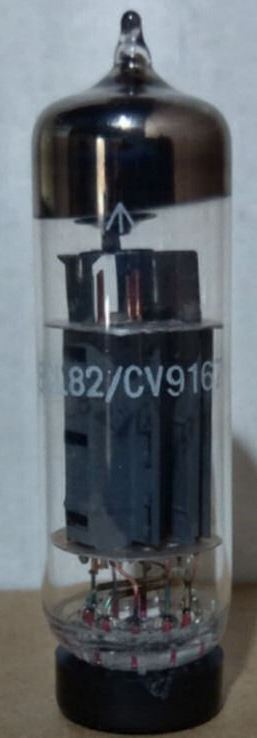
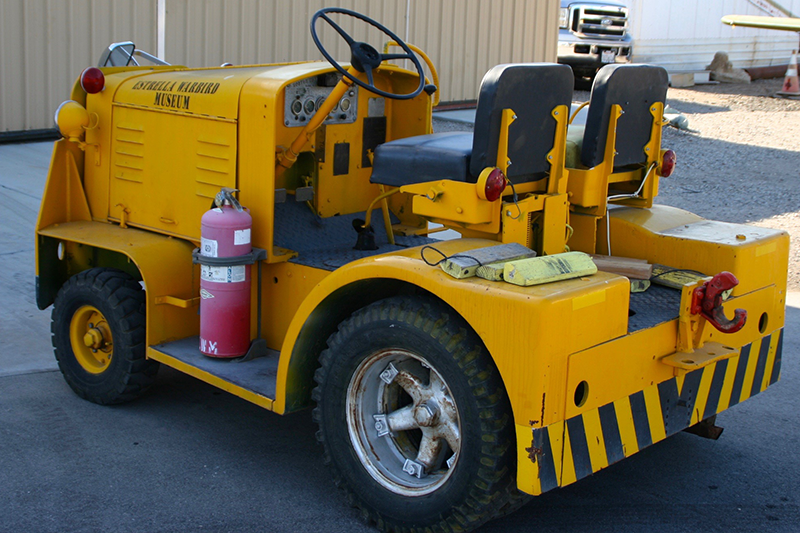 mall yellow Clarktor, the RAAF Vietnam people
really wanted my presence to lift their attendance numbers not hear my stories.
Neither did they want my presence to completely overwhelm their get together. I
knew if I attended without smothering the Radtechitis which normally covers my
person like an aura, bedlam would result. Females anywhere within hundreds of
yards of my person would be hysterical and would make a dash to capture some of
its magnificence. This can be very disconcerting. I had to cover it before
venturing out.
mall yellow Clarktor, the RAAF Vietnam people
really wanted my presence to lift their attendance numbers not hear my stories.
Neither did they want my presence to completely overwhelm their get together. I
knew if I attended without smothering the Radtechitis which normally covers my
person like an aura, bedlam would result. Females anywhere within hundreds of
yards of my person would be hysterical and would make a dash to capture some of
its magnificence. This can be very disconcerting. I had to cover it before
venturing out.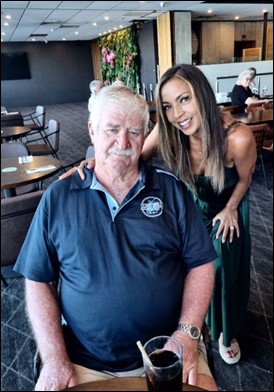

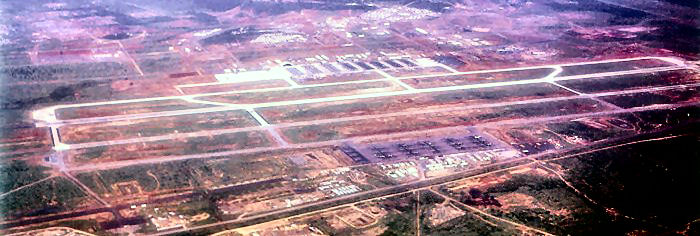
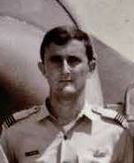
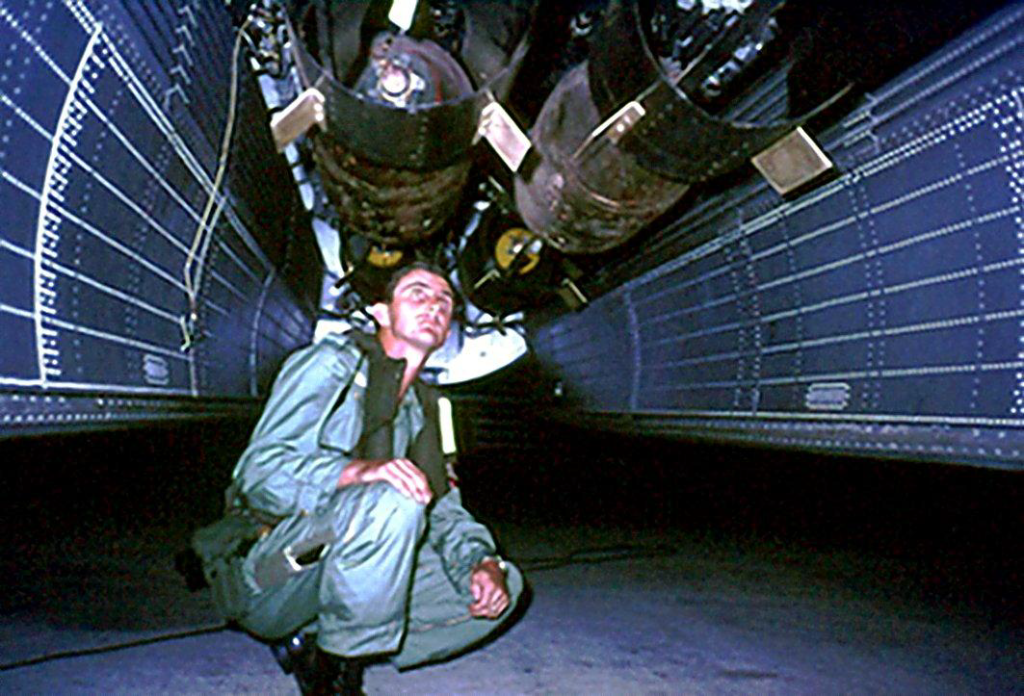
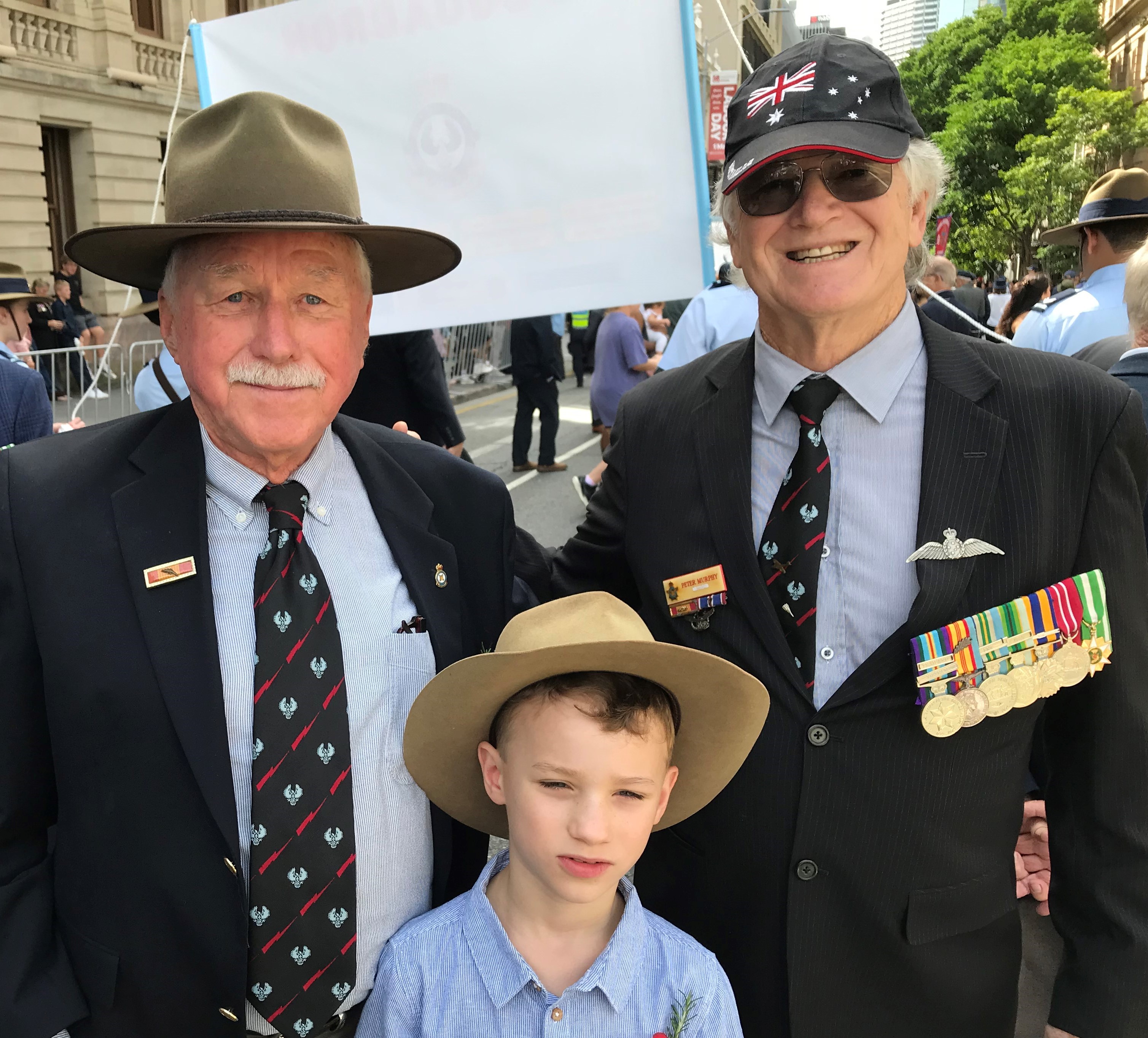 was the backup. They knew
that the M905 tail fuse was the most unreliable, there was no way they would
allow this special bomb to be a dud, so, ignoring the FAC they selected both
fuses. White bomb went down and went boom. The job over, they continued their
escape manoeuvre from 1500 feet to a safe altitude and the FAC confirmed their
results, 10 bunkers destroyed, one secondary explosion and one 50 Cal AA weapon
destroyed.
was the backup. They knew
that the M905 tail fuse was the most unreliable, there was no way they would
allow this special bomb to be a dud, so, ignoring the FAC they selected both
fuses. White bomb went down and went boom. The job over, they continued their
escape manoeuvre from 1500 feet to a safe altitude and the FAC confirmed their
results, 10 bunkers destroyed, one secondary explosion and one 50 Cal AA weapon
destroyed.